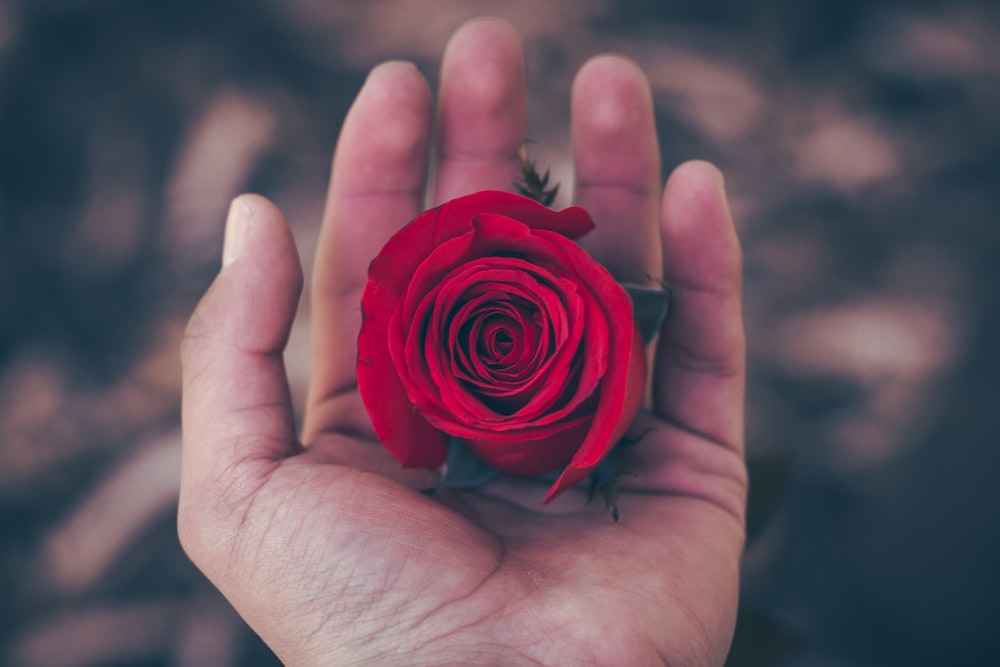When I first read Somewhere I Have Never Travelled, Gladly Beyond by E.E. Cummings, I found myself intrigued about the speaker’s relationship with his lover. Initially, it seems as though the two individuals are not romantically involved at all. Within the first stanza, the poet uses words and phrases such as “silence” and “cannot touch” to describe his lover. This initially led me to believe that the poet was observing a woman from afar, rather than being romantically involved with her. However, as I continued to read the remainder of the poem, I concluded that the poet was certainly in love with the woman he was describing, however, she was not emotionally vulnerable with him and did not truly let him into her heart. It was initially unclear to me whether the speaker and the object of his affections were lovers, married, or possibly complete strangers (with the poet simply possessing an unrequited love for the woman he was writing about).

As I was reading this poem, I also noticed that there was a significant shift in tone between each stanza of the poem. Furthermore, the diction in the first stanza of this poem uses words and phrases that indicate that the poet is intrigued by his lover. He does not understand her yet, but he has a strong desire to explore her persona and learn more. The tone in this portion of the poem is hopeful and curious, rather than frustrated or sad. Meanwhile, in the second and third stanzas, the poet uses diction and phrases such as “shut”, “close”, and “mysterious” to describe his lover and his current circumstances. This indicates that the tone has shifted from curious and hopeful, to vulnerable and sad. The poet yearns for his lover to open up to him in the same way that he has opened up to her, however, he begins to lose hope that this will happen. This desire extends into the fourth stanza as well. Here, through the usage of extreme diction such as “nothing”, “power”, “intense”, and “forever”, it becomes clear that the poet still possesses a strong curiosity to understand his lover. However, this desire continues to grow significantly stronger and the tone of the poem begins to border on desperation. As the poem progresses into the fifth stanza, the poet uses diction that indicates that he has accepted the mystery of the woman that he loves. He accepts that he “does not know what it is about [her] that closes and opens; only something in [him] understands that the voice of [her] eyes is deeper than all roses.” Thus, the tone shifts from desperate to calm, as he accepts that he will never be able to understand his lover but he recognizes that her complexity is greater than that of anyone else.
 The last line of this poem states that “nobody, not even the rain, has such small hands.” I found this line to be incredibly difficult to understand. Before this, the poet had not mentioned rain in his poem, or any physical feature of his lover apart from her eyes. The positioning of this line was also confusing to me. It was the concluding line of the poem. The placement of this line initially seemed jarring and out of place. However, after noticing that, in the third stanza, the poet described closing himself “as fingers” and only opening for his lover, the concluding line of this poem began to make more sense to me. The poet’s lover is described as having small hands because they are shut so tightly that they are smaller than rain and cannot be opened by anyone. The hands of the poet and his lover also serve as symbols of vulnerability and the last line of this poem illustrates the reluctance of the poet’s lover to reveal her vulnerabilities.
The last line of this poem states that “nobody, not even the rain, has such small hands.” I found this line to be incredibly difficult to understand. Before this, the poet had not mentioned rain in his poem, or any physical feature of his lover apart from her eyes. The positioning of this line was also confusing to me. It was the concluding line of the poem. The placement of this line initially seemed jarring and out of place. However, after noticing that, in the third stanza, the poet described closing himself “as fingers” and only opening for his lover, the concluding line of this poem began to make more sense to me. The poet’s lover is described as having small hands because they are shut so tightly that they are smaller than rain and cannot be opened by anyone. The hands of the poet and his lover also serve as symbols of vulnerability and the last line of this poem illustrates the reluctance of the poet’s lover to reveal her vulnerabilities.
There were many challenging aspects of this poem that did not make immediate sense to me. Initially, the structure of this poem seemed random and did not seem to fit together. However, by taking the time to understand each connection that Cummings made and understanding the reasoning behind the placement of each line, I was able to gain a deeper understanding of this poem as a whole as the inner thoughts of a man who is at first bewildered and captivated by his lover’s ability to make him open up, then increasingly sad that he is unable to make her do the same.